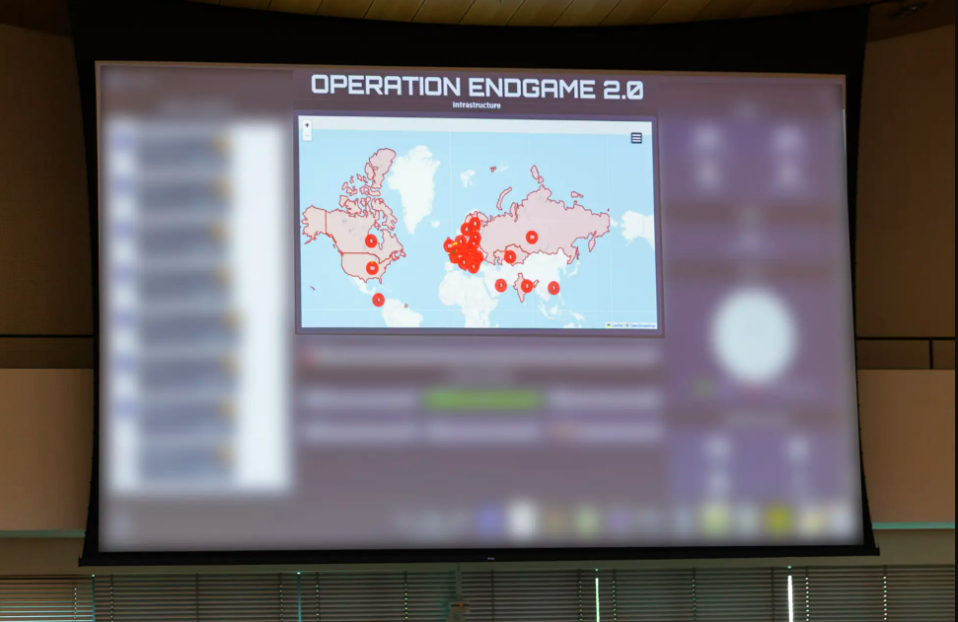Operation Endgame deals a direct blow to the ransomware kill chain
Operation RapTor arrests 270 dark web vendors, 184m records exposed in an unsecured Elastic database, Local US governments breached via exploited Trimble Cityworks zero-day, Cetus Protocol exploited for $223m, FTC settles GoDaddy security failure charges, 3AM ransomware is on the rise, much more





